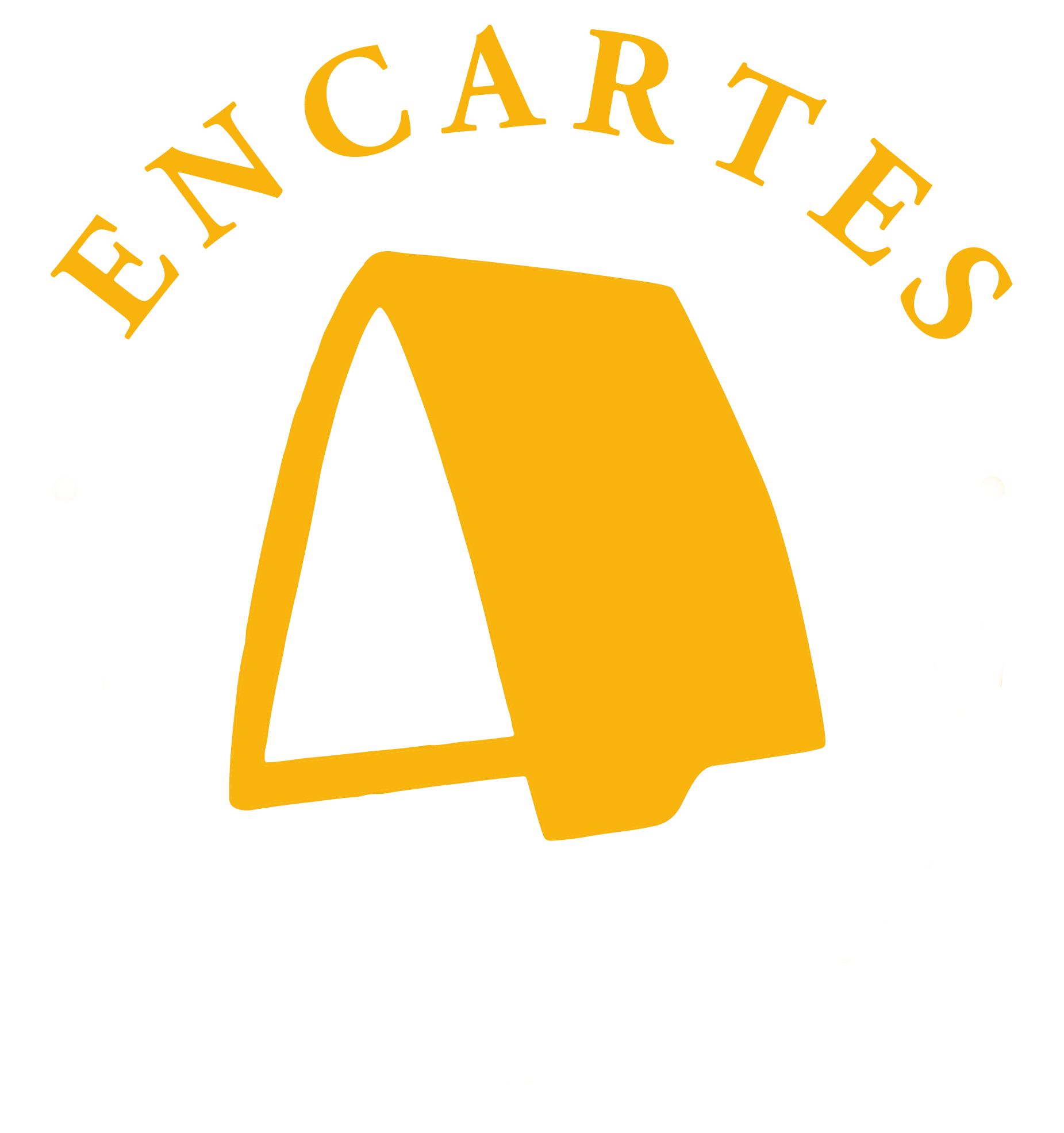EncArtes multimedia includes the publication of different products of ongoing research. Visual ethnographies / multimedia reports will be accepted with strong fieldwork support and use of frames of reference from the social sciences, photographic essays, documentaries, poetry, life stories and oral archives. All material will be judged in double blind.
Vol 8 No 15 (2025)
Vol 7 No 14 (2024)
Photographing a ritual process: an approach to the agency of Xantolo masks in the Huasteca Potosina.
Vol 7 No 13 (2024)
Vol 6 No 12 (2023)
Sweet saints: devotions to Cosmas and Damian in Rio de Janeiro, Brazil
The essay reproduces a synthetic version of the virtual exhibition “Doces santos: as devoções a Cosme e Damião no Rio de Janeiro”, originally exposed on the Instagram of our anthropology laboratory, Ludens. It is one of the results of a long-term collective anthropological research on the devotion to the twin saints Cosmas and Damian, which in Rio de Janeiro is characterized by the distribution of bags full of sweets and candies to children every September 27 or on upcoming dates. This work seeks to understand the relations of reciprocity, interreligious relations and urban flows articulated by the celebration of saints from the perspective of the people who make it possible.






